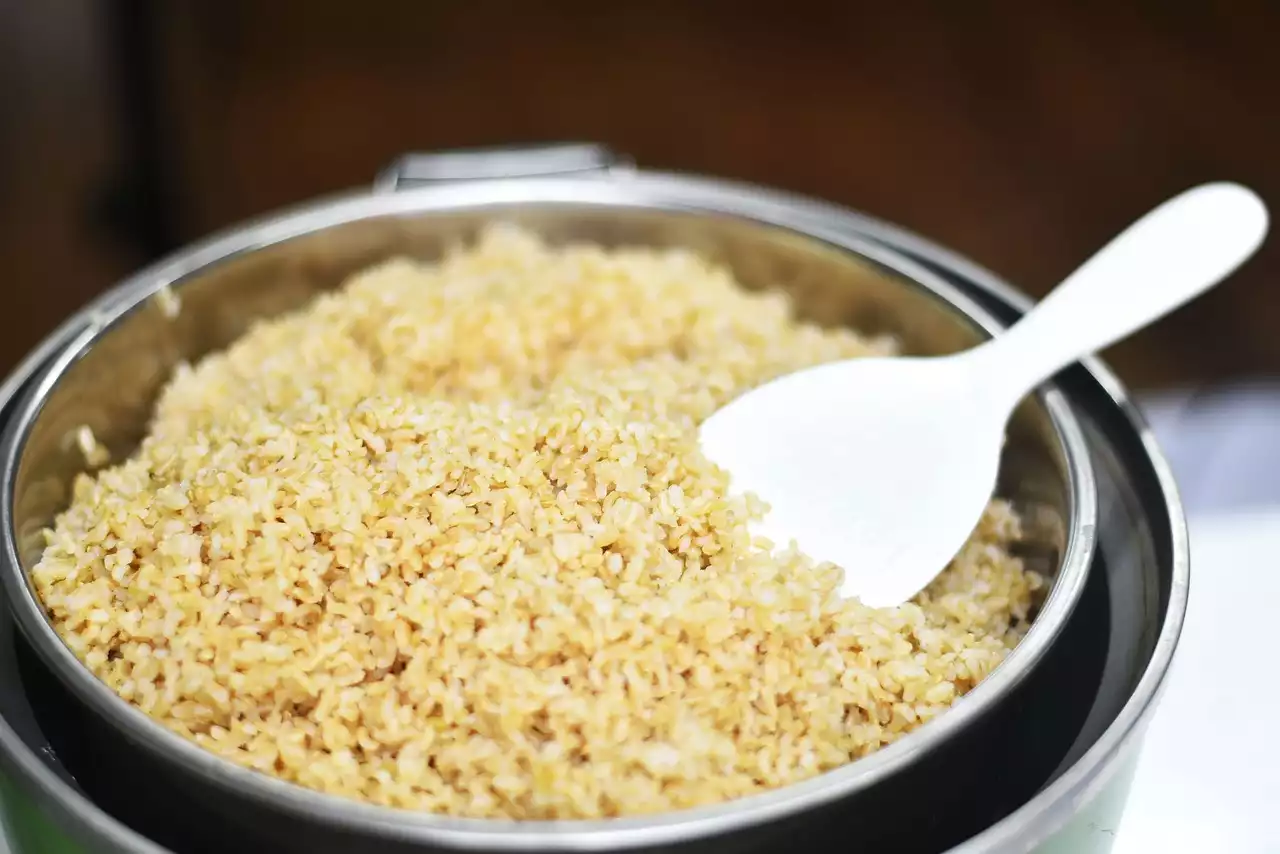Steamed rice is a staple in many cuisines around the world, but getting it right can be a challenge. From choosing the right rice to cooking and serving it, there are many factors to consider. In this article, we'll share our top tips and tricks for mastering steamed rice, so you can enjoy perfect, fluffy rice every time.
Choosing the Right Rice
The first step to mastering steamed rice is choosing the right type of rice. Not all rice is created equal, and different types of rice have different characteristics that affect how they cook and taste.
When it comes to steaming rice, the best types of rice to use are long-grain white rice, basmati rice, and jasmine rice. These varieties are fluffy and tender, and they absorb flavors well. Avoid using short-grain rice, which is stickier and better suited for sushi and risotto.
When selecting rice, look for high-quality grains that are unbroken and free of debris. Avoid rice that has been sitting on the shelf for too long, as it may have lost its flavor and texture.
Preparing the Rice
Once you've chosen your rice, it's time to prepare it for steaming. The first step is to rinse the rice thoroughly to remove any excess starch and dirt. This will prevent the rice from clumping together and becoming gummy.
To rinse the rice, place it in a fine-mesh strainer and run cold water over it. Use your hands to stir the rice gently, being careful not to break the grains. Repeat this process until the water runs clear.
Some cooks prefer to soak their rice before steaming it, as this can help to shorten the cooking time and make the rice more tender. To soak rice, place it in a bowl and cover it with water. Let it sit for at least 30 minutes before draining and rinsing.
Cooking the Rice
There are several methods for steaming rice, including stovetop, rice cooker, and Instant Pot. Each method has its pros and cons, so choose the one that works best for you.
Stovetop: To steam rice on the stovetop, combine the rice and water in a pot and bring to a boil. Reduce the heat to low and cover the pot with a tight-fitting lid. Cook for 18-20 minutes, or until the water has been absorbed and the rice is tender.
Rice cooker: A rice cooker is a convenient and foolproof way to steam rice. Simply combine the rice and water in the rice cooker and press the button. The rice cooker will take care of the rest, automatically turning off when the rice is done.
Instant Pot: The Instant Pot is another popular method for steaming rice. Simply combine the rice and water in the Instant Pot and select the "rice" function. The Instant Pot will do the rest, cooking the rice to perfection in just a few minutes.
Regardless of the method you choose, be sure to use the correct water-to-rice ratio. For long-grain rice, use 1 3/4 cups of water for every cup of rice. For basmati and jasmine rice, use 1 1/2 cups of water for every cup of rice. This will ensure that the rice absorbs enough water to become fluffy and tender.
While the rice is cooking, resist the urge to stir it or remove the lid. This can release steam and disrupt the cooking process, resulting in unevenly cooked rice.
When the rice is done, remove it from the heat and let it sit for 5-10 minutes before fluffing it with a fork. This will allow the rice to absorb any remaining moisture and become even fluffier.
Seasoning and Serving the Rice
Steamed rice is delicious on its own, but you can also add flavor to it by using stock, herbs, or spices. For example, you can use chicken or vegetable stock instead of water to add richness and depth of flavor. You can also add a few sprigs of fresh herbs, such as thyme or cilantro, to infuse the rice with their aromas.
When serving steamed rice, consider the dish you're pairing it with. If you're serving it with a saucy dish, like curry or stir-fry, plain rice may be best to soak up the sauce. If you're serving it with a simple grilled protein, like chicken or fish, you may want to season the rice with herbs and spices to add more flavor.
You can also use leftover steamed rice to make fried rice or rice pudding. To store leftover rice, transfer it to an airtight container and refrigerate for up to 3-4 days. To reheat, sprinkle a few drops of water over the rice and microwave it for 1-2 minutes, or until heated through.
Troubleshooting Common Rice Steaming Problems
Even with the best of intentions, sometimes steamed rice can turn out less than perfect. Here are some common problems and how to troubleshoot them:
- Rice is too wet: If your rice is too wet, try reducing the amount of water you use or increasing the cooking time. You can also let the rice sit for a few more minutes after cooking to allow it to absorb any excess moisture.
- Rice is too dry: If your rice is too dry, try increasing the amount of water you use or reducing the cooking time. You can also try adding a few tablespoons of water to the pot after the rice is cooked and letting it steam for a few more minutes.
- Rice is too sticky: If your rice is too sticky, you may have used too much water or cooked it for too long. You can also try rinsing the rice more thoroughly before cooking or adding a few drops of oil to the pot.
Conclusion
Steamed rice is a versatile and delicious staple that can be enjoyed in many different ways. By choosing the right rice, preparing it properly, and using the correct water-to-rice ratio, you can achieve perfect, fluffy rice every time. Experiment with different flavors and seasonings to find your favorite way to serve it, and don't be afraid to troubleshoot if things don't go as planned. With a little practice and patience, you'll be a steamed rice master in no time.










